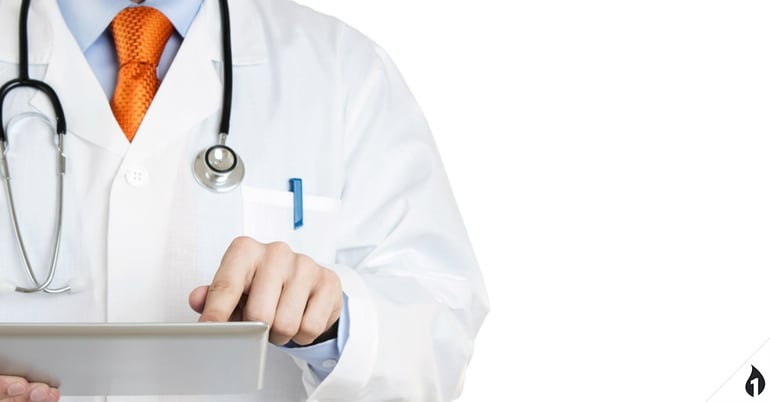
Augmented reality and healthcare go hand-in-hand. The awesome possibilities when the two meet are just getting started. There is potential for real, life-changing advances in technology in the medical field, but even the simplest augmented reality applications can make a difference in a patient's experience or a doctor's daily tasks.
Here are five augmented reality ideas that are taking hold in healthcare right now:
1. Education
Augmented reality can take the classroom to the student, no matter where they are in the world. Technology like Google Glass can help visually connect students with demonstrations of live medical procedures around the globe. Training programs like ARnatomy help medical students learn the names of bones and muscles via video and images. The Anatomy 4D app also works to give users a tour of the human body right from their device.
2. Remote Medical Guidance
Satellite connection for emergencies is another exciting development in augmented reality. Vital Enterprises, for example, is working on a program to allow a doctor to connect via satellite and guide someone wearing smart glasses through a first aid procedure. One option for this technology is for in-flight emergencies where landing in time isn't possible.
3. Digital Model Creation
Another amazing augmented reality possibility is the real-time creation of digital models. German company iDent is using AR software to help create digital models for dentists and orthodontists to use for fillings, braces and crowns. The company's software works with Epson's Moverio smart glasses so that dentists can see what's on the screen while still scanning the patient's mouth. This saves time and helps the dentist interact with the client while working on the scans.
4. Administrative Streamlining
Even simple, mundane tasks can be streamlined using augmented reality technology. Vuforia is a company that created augmented reality software way to help make medical labs more efficient. Their software gives lab technicians helpful, visual instructions for maintenance tasks, including machine upkeep.
5. Procedural Accuracy
Some companies have found ways to use augmented reality to improve patient comfort and procedural accuracy. One of those is AccuVein, a handheld scanner that projects over the skin to show where veins and valves are located in a patient's body. This is especially useful for the tiniest patients - children and babies - where finding a vein is more difficult.
Augmented reality continues to benefit the medical field, but there's far more to be discovered and developed. From education to admin accuracy and even remote procedures, AR helps bridge distances, ease discomfort and make small tweaks along the way that add up to major improvements for both patients and medical professionals.




